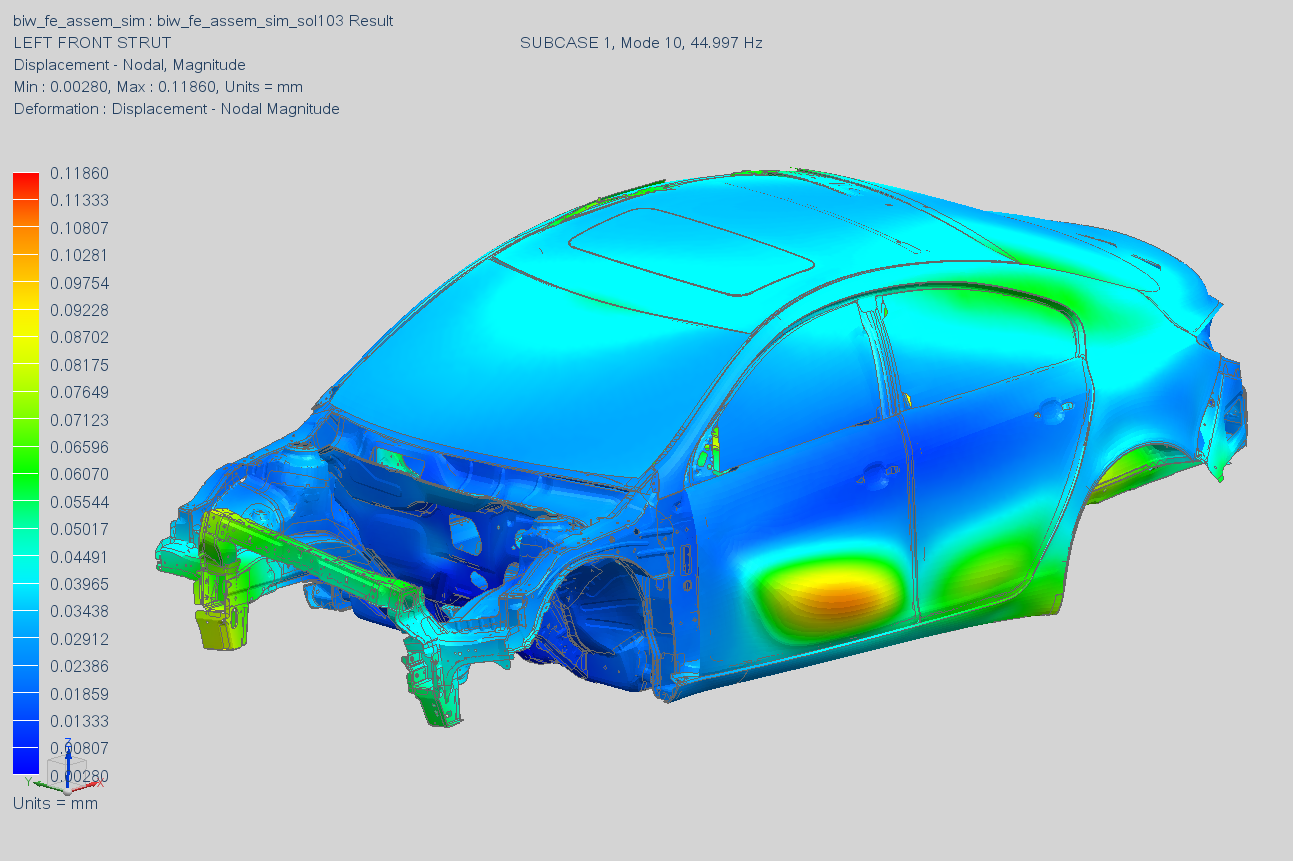GPU Technology Revolution – More Cores, Faster Processing

Five years ago, there was just one way to speed up complex computing tasks: buy more computers. With CAD and CAE software focused around the CPU, the only way for an enterprise to accelerate complex simulations jobs was to build huge, costly supercomputing networks or computer cluster.
Now there is another solution: GPU computing. Whereas even the most powerful professional CPUs typically have only four or six processing cores, modern GPUs such as AMD FirePro™ have hundreds. By tapping into the power of the GPU for general processing tasks, even an ordinary desktop workstation can become a supercomputer in its own right.
In order for this to happen, your simulation software needs to be able to talk to the GPU—and for that, you need an API. This is OpenCL. Originally developed by Apple and supported by leading hardware manufacturers Intel, IBM, Nvidia and AMD, this open standard offers a powerful, flexible—and, above all, universal—way to harness the power of modern GPUs.
OpenCL™ is the first truly open and royalty-free programming standard for general-purpose computations on heterogeneous systems. OpenCL allows programmers to preserve source code investment and easily target multi-core CPUs, GPUs and APUs.
Applications accelerated with OpenCL can access the combined processing power of a computer or server’s GPU and CPU or APU cores under a single unified platform—a game-changing development for HPC users.
Siemens PLM simulation experts saw the potential to increase NX Nastran simulation performance using the massively parallel architecture of GPUs. With customer interest in leveraging GPU computing also evident, the Siemens-AMD cooperation expanded with a technical partnership to apply AMD FirePro graphics GPU processing power and the open-source, GPU programming language, OpenCL, to the issue of optimizing special calculations within NX Nastran.
To learn more about these technologies, visit FirePro Graphics.
Antoine Reymond is an industry executive for Professional Graphics at AMD. He has been with AMD since 2007 and has a well-rounded background in CAE simulation, CAD, and enterprise data management. His postings are his own opinions and may not represent AMD’s positions, strategies, or opinions.



